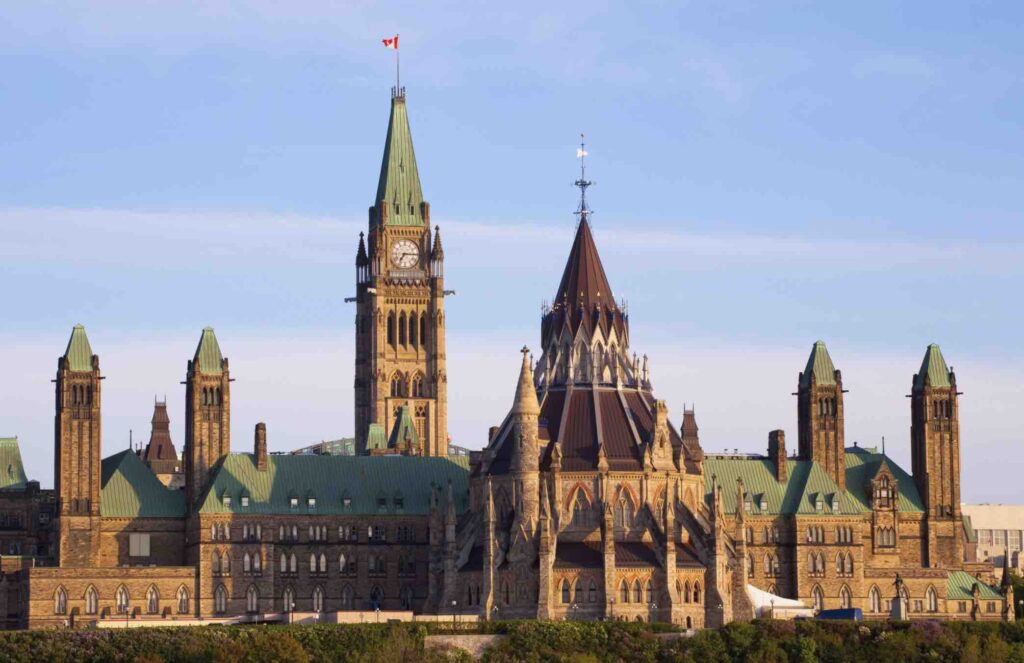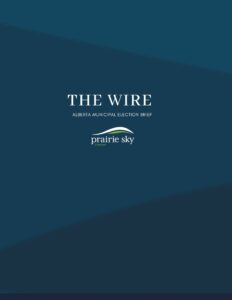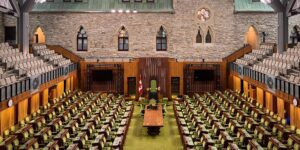Today, 621 days since the last federal budget, the Minister of Finance, Chrystia Freeland tabled the 2020 Fall Economic Statement (FES) in the House of Commons. The FES provides an update on the state of the federal government’s finances while announcing several new and ongoing initiatives to protect Canadians’ health and support Canadians and Canadian businesses through the COVID-19 pandemic.
In today’s statement, like September’s Speech from the Throne, the government focused most of its attention on the short-term measures needed to manage the pandemic while alluding to the longer-term measures to support Canada’s post-pandemic recovery.
On Canada’s fiscal position, the FES indicates that the deficit is set to reach $382 billion this year, an increase from the $343 billion the government projected in July. The deficit could reach as high as $400 billion if the pandemic worsens and provincial restrictions are increased. Minister Freeland declined to identify a fiscal anchor and said the government would only do so once the pandemic and economic impacts have stabilized. On supporting businesses during the pandemic, the FES enhanced and extended some previously announced measures and introduced new ones, including:
Increasing the maximum subsidy rate of the Canada Emergency Wage Subsidy from 60 percent back up to 75 percent beginning December 20, 2020 until at least until March 13, 2021.
Extending the Canada Emergency Rent Subsidy and the Lockdown Support top-up until March 13, 2021.
Increasing the size of small business loans provided through the Canadian Emergency Business Account from $40,000 to $60,000 and extending the application period to March 31, 2021.
Creating the Highly Affected Sectors Credit Availability Program for the hardest hit sectors that will provide low-interest, 100 percent government backed loans to businesses in the tourism, hospitality, arts, entertainment, and regional air sectors. The program will provide loans of up to $1 million for terms up to ten years.
Providing additional funding of $500 million for the Regional Relief and Recovery Fund (RRRF) to be delivered by the Regional Development Agencies and the Community Futures Network of Canada. The government will also earmark 25 percent of all RRRF funding for tourism businesses.
On social and family supports, the FES announced several new measures, including:
Providing additional temporary support for families through the Canada Child Benefit Program of up to $1,200 a year in 2021 for each child under the age of six in low- and middle-income families.
Providing $1 billion through the new Safe Long-Term Care Fund to help provinces and territories support long-term care homes through measures such as improvements to ventilation, hiring more staff and increasing wages.
$2.6 billion over 7 years for grants of up to $5,000 for homeowners to do energy retrofits.
A commitment that Budget 2021 will create a Canada-wide Early Learning and Child Care System modeled after the government of Quebec’s approach. The FES provides $420 million in grants and bursaries to help provinces and territories train early-childhood educators and $20 million over five years to bring together governments, experts, and stakeholders to design the plan.
On measures with the greatest impact on Western Canada, the FES announced:
Changes to Fiscal Stabilization Program that provides financial help to provinces that are facing significant declines in their revenues due to economic downturns. This is something the Premiers – including Premier Kenney – have been pushing for and will provide billions of dollars in additional support to provinces whose revenues have been the hardest hit.
Western Economic Diversification Canada will be spilt into two separate economic development agencies, one for BC and one for Alberta, Saskatchewan and Manitoba.
On post-COVID recovery, the FES provided scope but was surprisingly light on details. Minister Freeland has indicated that the government, through next spring’s federal budget will introduce a stimulus program of $70-100 billion over three years (around 3-4% of GDP). That means that those who were hoping to learn more about the federal government’s post-COVID economic plan today will have to wait until next spring. The upside for the business community is that there is still an opportunity to help shape those plans.
Related Links
We’re here to help.
If you have any questions, please contact Ryan Greer at ryan@prairieskystrategy.ca





